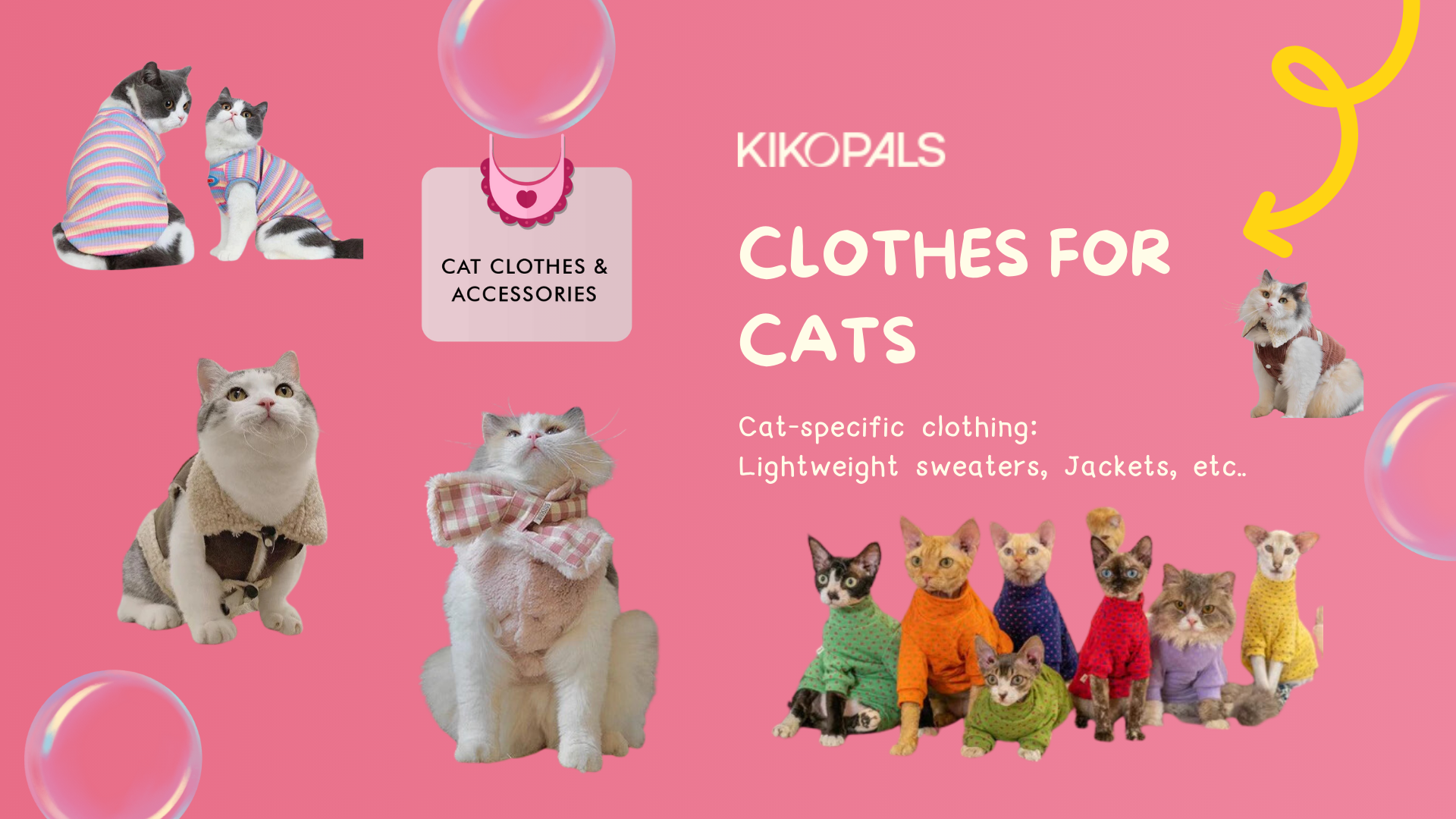As winter sets in, are you ready to keep your pets warm and comfortable? Just like humans, pets need extra protection during the colder months. Cold temperatures, snow, and icy winds can cause discomfort and health problems. Small dogs, short-haired breeds, and some cats need winter clothes to stay warm. They are essential for warmth, safety, and happiness all season long.
This guide explains the benefits of dressing your dog and cat in winter clothes, the best types available, and tips to get your pets used to wearing them.
Why Winter Clothes Are Essential for Your Pet
Protection from the Cold
Pets can suffer just like humans when the temperature drops. While some pets have thick natural coats, others—especially small dogs or short-haired dogs—need extra layers. Winter clothes for dogs and cats provide warmth and insulation, keeping your pets comfortable on the coldest days.
For example, Chihuahuas and Greyhounds are particularly vulnerable. Without protection, these dogs can develop frostbite or hypothermia. Cats, especially outdoor cats, also need winter clothing to shield them from the cold. Even indoor cats benefit from cozy layers in chilly homes.
Health and Comfort
Winter clothing for pets does more than keep them warm—it helps regulate their body temperature, reducing the risk of shivering, dry skin, or serious illnesses. Warm clothes keep your dog happy on walks and your cat snug by the window, even during freezing weather.
Skin Protection
Cold weather and dry air can cause dry, cracked skin in pets. Winter clothes act as a protective barrier against harsh elements and heated indoor environments, helping your pet maintain healthy skin.
The Best Winter Clothes for Dogs
There are various types of dog winter clothes to suit different needs:
-
Thermal dog jackets – Provide excellent insulation for long walks in freezing conditions.
-
Waterproof dog coats – Keep dogs dry and warm during rainy or snowy days.
-
Fashionable dog sweaters – Stylish yet practical for casual wear indoors and outdoors.
When choosing winter coats for dogs, make sure they are:
Warm and practical
Made from breathable, durable fabrics
A perfect fit (not too tight or loose)
Dressing Your Cat for Winter
Why Cats Need Winter Clothes
Many assume cats don’t need extra layers, but short-haired cats and outdoor cats can feel the cold too. Even indoor cats may need cozy sweaters if the home lacks central heating. Winter clothes for cats provide the extra layer they need to stay comfortable.
Choosing the Right Clothes for Cats
-
Select soft, breathable materials to prevent irritation.
-
Avoid overly tight or loose fits.
-
Pick lightweight sweaters or jackets that don’t restrict movement.
-
Ensure the clothing doesn’t interfere with grooming.
How to Get Your Pet Used to Winter Clothes
-
Start slow – Let pets sniff and explore the clothes before wearing them.
-
Positive reinforcement – Reward with treats and praise when they wear clothes.
-
Check comfort – Monitor for irritation or restricted movement.
Eco-Friendly Pet Winter Clothes
Pet owners are increasingly choosing eco-friendly winter clothes made from sustainable materials like organic cotton and recycled fabrics.
For example, Kikopals offers high-quality, sustainable winter clothes for pets. They keep your pets warm while reducing environmental impact.
Conclusion
Winter clothes for pets are more than fashion—they are essential for health, safety, and comfort. From jackets and sweaters to eco-friendly options, dressing your dog or cat ensures they are protected from harsh winter conditions.
This season, keep your pets bundled up and ready to enjoy winter in warmth and style. For more inspiration and motivation to care for your pets, visit Motivations.

How to Get Your Pet Used to Winter Clothes
-
Start slow – Let pets sniff and explore the clothes before wearing them.
-
Positive reinforcement – Reward with treats and praise when they wear clothes.
-
Check comfort – Monitor for irritation or restricted movement.
Eco-Friendly Pet Winter Clothes
Pet owners are increasingly choosing eco-friendly winter clothes made from sustainable materials like organic cotton and recycled fabrics.
For example, Kikopals offers high-quality, sustainable winter clothes for pets. They keep your pets warm while reducing environmental impact.
Conclusion
Winter clothes for pets are more than fashion—they are essential for health, safety, and comfort. From jackets and sweaters to eco-friendly options, dressing your dog or cat ensures they are protected from harsh winter conditions.
This season, keep your pets bundled up and ready to enjoy winter in warmth and style. For more inspiration and motivation to care for your pets, visit Motivations.

FAQs
Do all dogs need winter clothes?
Not all, but small dogs, short-haired dogs, senior dogs, and sick dogs benefit most from winter clothes.
Do cats really need sweaters in winter?
Yes, especially outdoor cats or short-haired cats. Indoor cats in chilly homes also benefit.
How do I know if my pet is cold?
Shivering, curling up tightly, reluctance to go outside, or seeking warm spots indicate they are cold.
Are pet clothes safe for all breeds?
Yes, as long as they fit properly and allow free movement.
Can pets wear winter clothes indoors?
Yes, especially if your home is drafty or cold.
How can I measure my dog for a winter coat?
Measure the length from neck to tail, chest girth, and neck circumference for the right fit.
Are waterproof coats necessary for pets?
Yes, waterproof coats keep pets warm and dry during rain or snow.
Can winter clothes help prevent skin dryness?
Yes, they act as a barrier against dry air and cold winds.
What materials are best for pet winter clothes?
Organic cotton, fleece, wool blends, and breathable synthetics work well.
Are there eco-friendly winter clothes for pets?
Yes, sustainable options made from recycled and organic materials are available.
